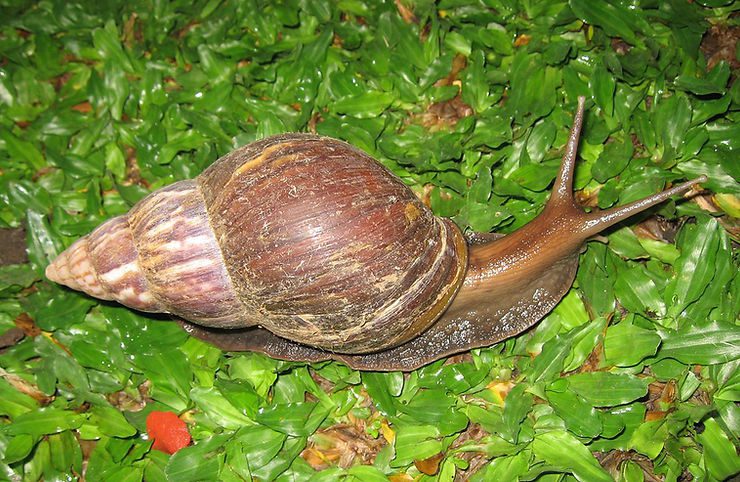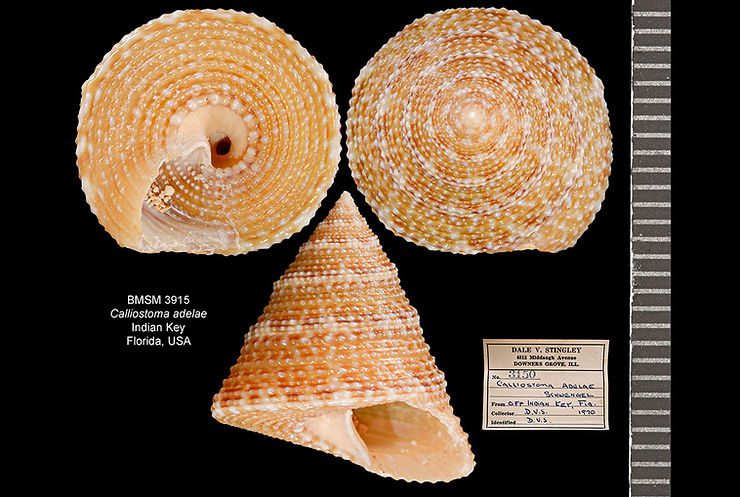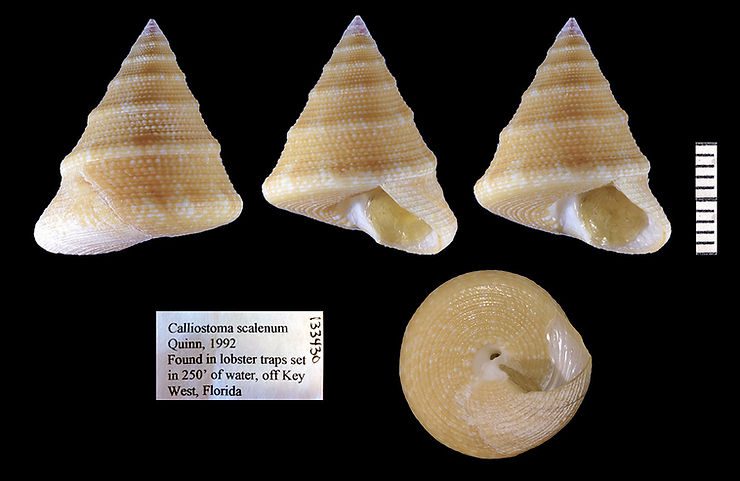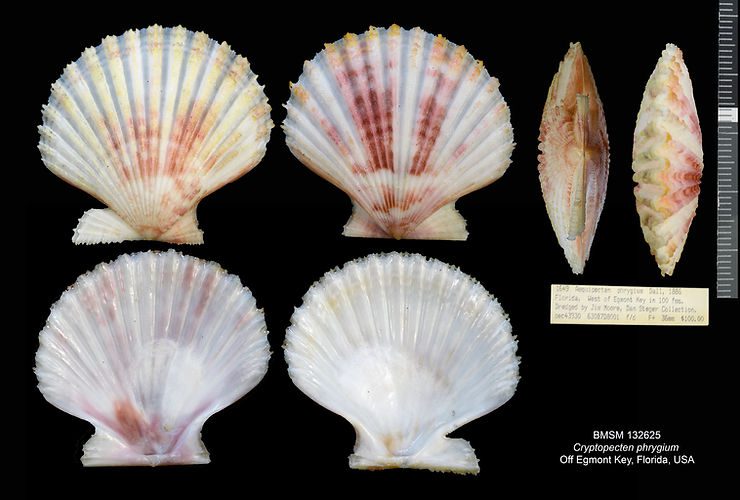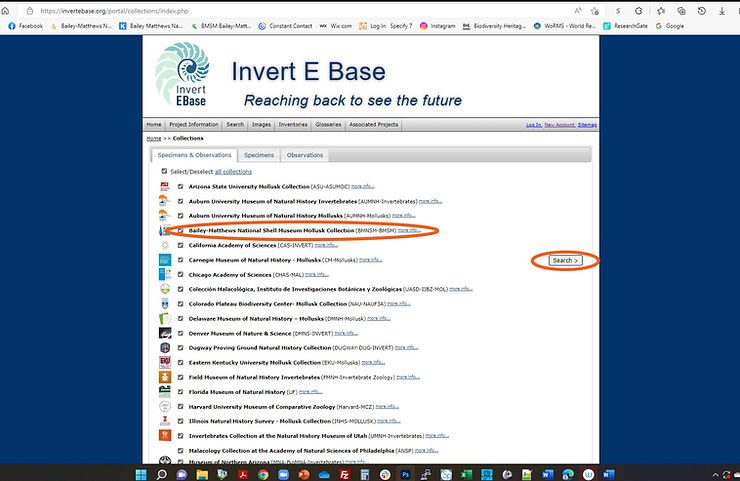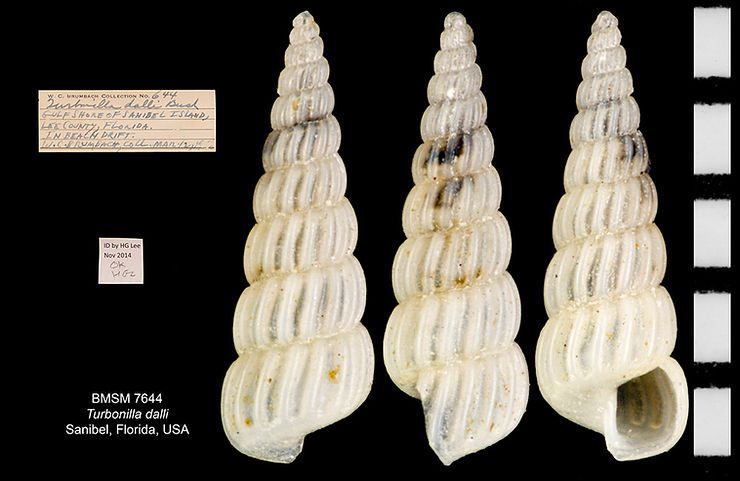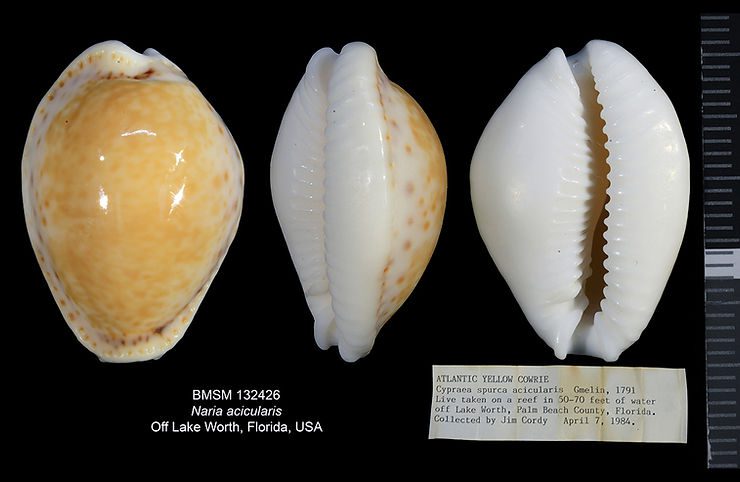
Shell of the Week: The Rostrate Rocellaria
Spengleria rostrata (Spengler, 1783) reaches about 30 mm in length. Its shell is relatively elongate, with a triangular raised area spanning from the beak to the posterior region. That triangular area is festooned with transversal ridges. The shell color is white, with a yellowish periostracum. Rocellarias bore into empty shells and corals, and their burrows are distinguished by typical figure-eight-shaped holes.
